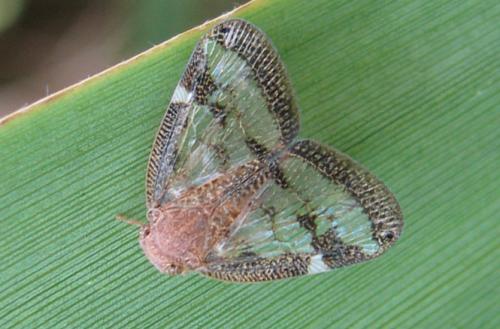

Tutin
Tutin, a neurotoxin found in tutu plants, can be collected as honeydew by bees and incorporated into their honey. Tutin is not toxic to bees but is toxic to humans if ingested. Symptoms of tutin poisoning are: giddiness, exhaustion, vomiting, stupor, coma and in severe cases death.
Toxic tutin contaminated honey
Tutin contaminated honey has no distinctive taste or colour. The only way to know is by lab testing.
Comb honey contamination
Tutin contamination is a much higher risk in comb honey so comb honey must be extracted before 31 December.
What is tutu?
Tutu is a native shrub/tree that can grow up to 20 feet. It’s mostly found along roadsides, on stream banks and in regenerative native bush. Tutin is a very toxic compound found in tutu.
When is the tutin contamination risk period?
January to April.
Where are tutu risk areas?
All of the North Island and the top of the South Island. High risk areas include Coromandel, Eastern Bay of Plenty and Marlborough. If you have hives close to tutu bushes where passionvine hoppers are prevalent, your honey may be at risk. Honeydew is secreted by passionvine hoppers feeding on tutu sap. Your bees may collect this honeydew under conditions like:
- there are limited/no nectar alternatives.
- in hot, dry weather when honeydew isn’t get washed off tutu plant surfaces.
Your legal obligations
If you sell, donate or barter honey, the law requires you to test for tutin if removing honey from your hives between 1st January and 31st July. As a beekeeper you are liable for prosecution if someone is poisoned by your honey, so hobbyist beekeepers producing honey for personal consumption should test for tutin too.
Food Standards Code and compliance guide
The Australia New Zealand Food Standards Code sets the maximum level for tutin in both honey and honeycomb as 0.7mg/kg. MPI’s compliance guide can be accessed here
Tutin testing through our club
We supply test containers and can send your honey sample/s to a lab for composite tutin testing. Click here for instructions on tutin testing through our club.


Photo credit: plantandfood.co.nz
